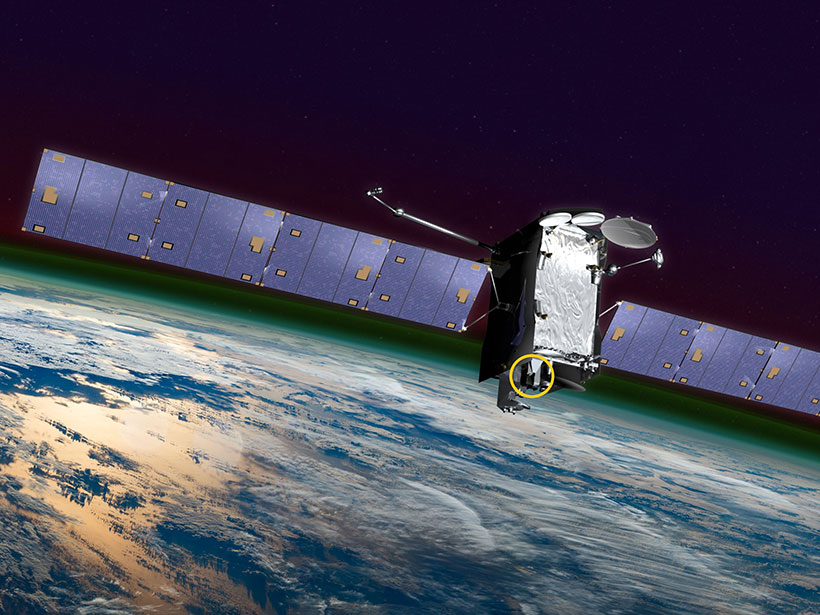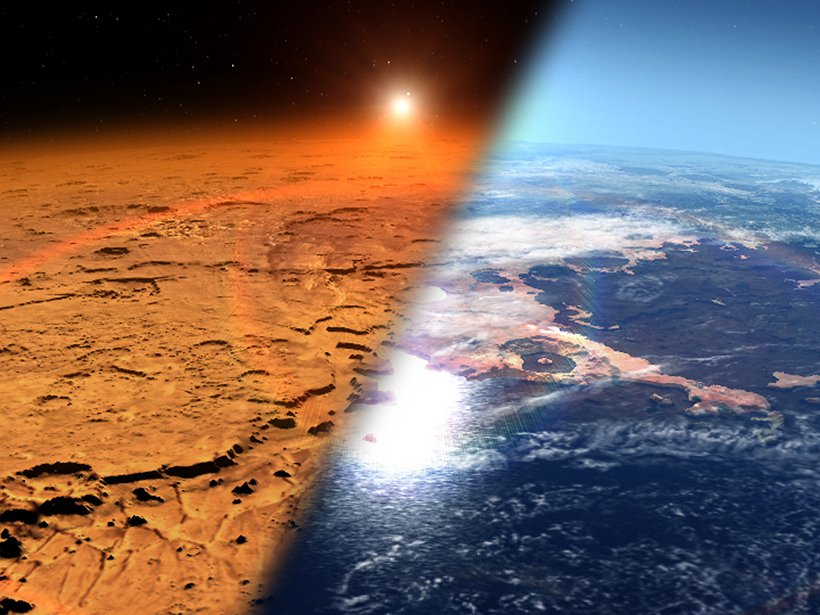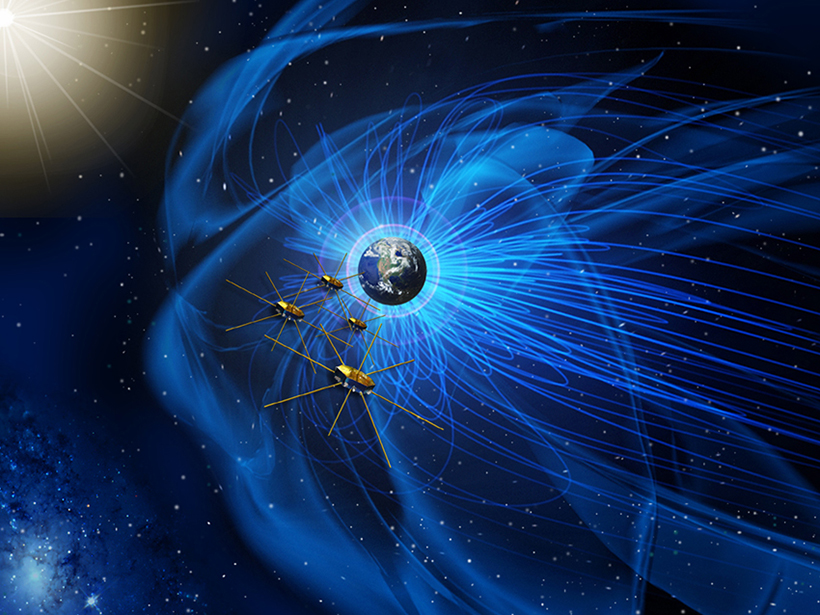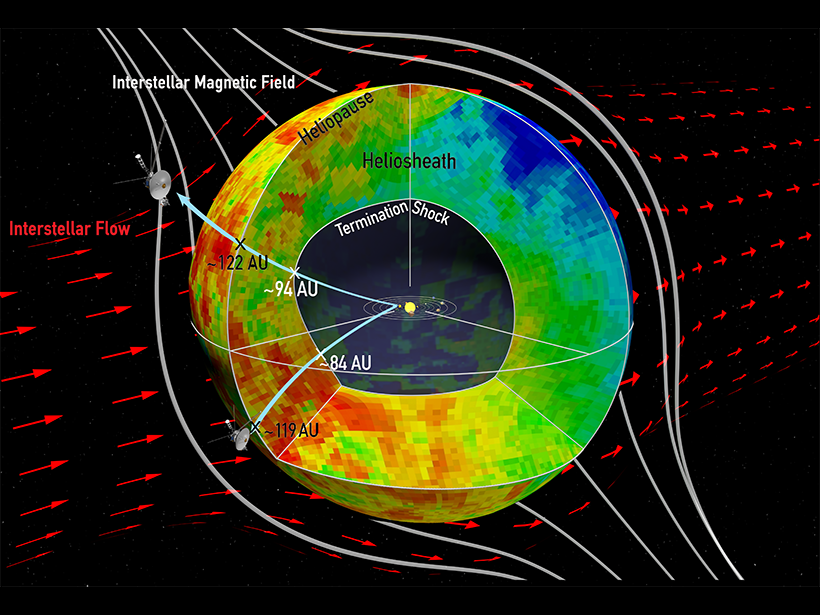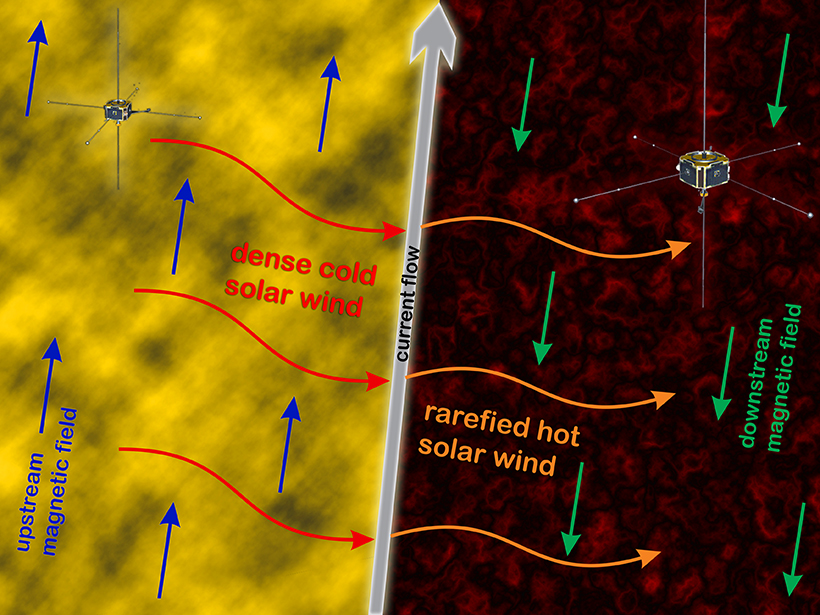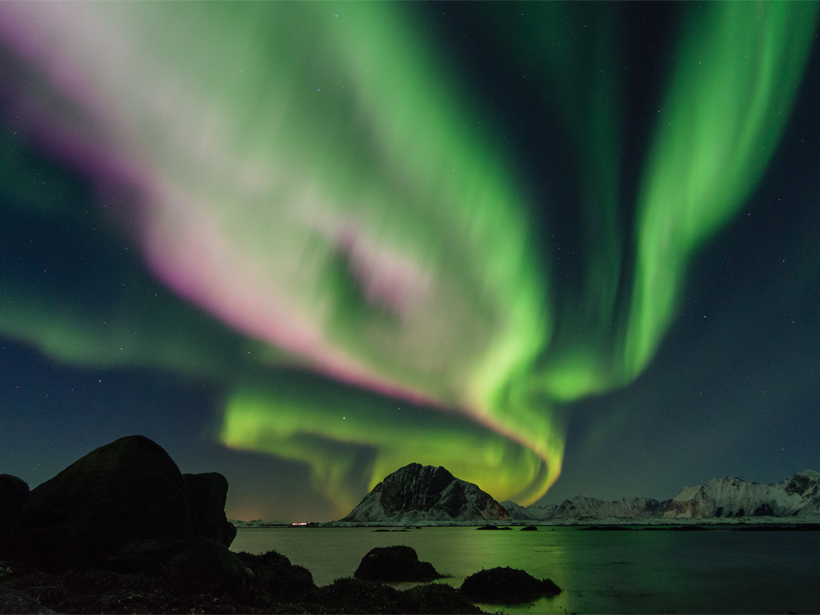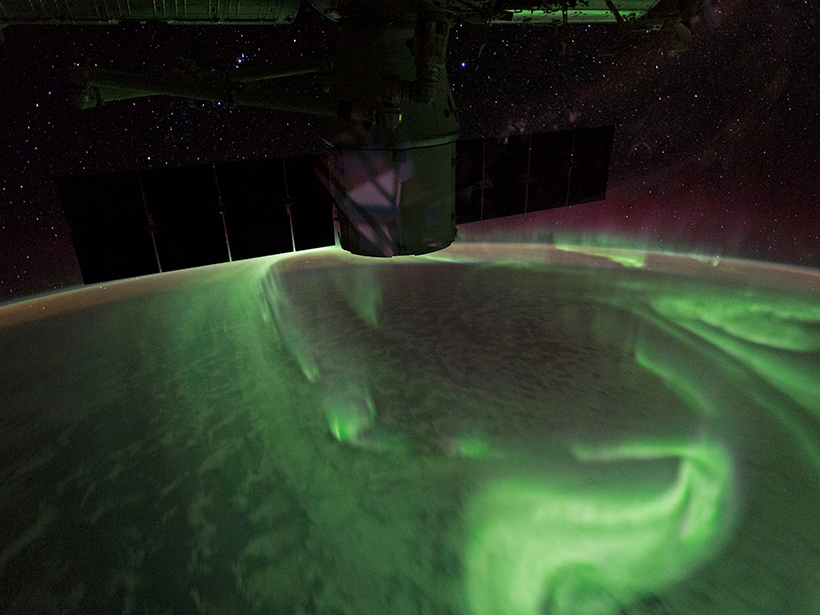A NASA mission is observing airglow in the upper atmosphere and uncovering what it tells us about Earth’s space weather system.
Mark Zastrow
Eos Freelance Writer
How to Improve Space Weather Forecasting
The field of space weather forecasting could take cues from its Earthly counterpart to increase the reliability of models as well as warning times ahead of inbound solar storms.
How Mars’s Magnetic Field Let Its Atmosphere Slip Away
A planet’s magnetic field usually protects its atmosphere from being blown away by its star. But new research suggests Mars’s weak magnetic field may have helped its atmosphere escape.
“Electron Wings” Can Interfere with Spacecraft Measurements
Spacecraft sometimes produce a form of electrical self-interference as they zip through plasmas in space—a previously unreported effect that may be lurking in old data sets.
Deciphering Electron Signatures in Earth’s Magnetic Tail
A new analysis of spacecraft data collected near the tip of Earth’s magnetotail sheds light on how geomagnetic activity affects the motion of electrons in this region.
Explaining the Missing Energy in Mars’s Electrons
Electrons energized and trapped at Mars were thought to lose energy inside the planet’s magnetosheath, but new research suggests a different explanation of spacecraft data.
Sampling the Space Between the Stars
Data from the Cassini and Voyager spacecraft reveal new information about the Sun’s magnetic bubble.
Understanding the Turbulent Nature of the Solar Wind
Sometimes the conditions in the solar wind can change dramatically over short distances. Satellite observations of these features show that they’re more complex than previously thought.
Data Mining Reveals the Dynamics of Auroral Substorms
An analysis of 5 decades of satellite data has pieced together the most comprehensive picture yet of substorms, the magnetic disturbances that cause surges of aurora.
Bringing Clarity to What Drives Auroras
A new classification scheme helps researchers distinguish what accelerates the electrons that create auroras.

